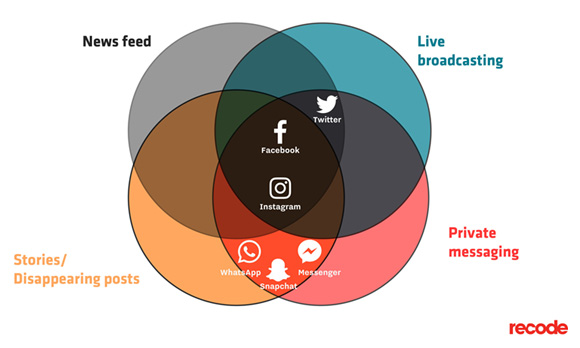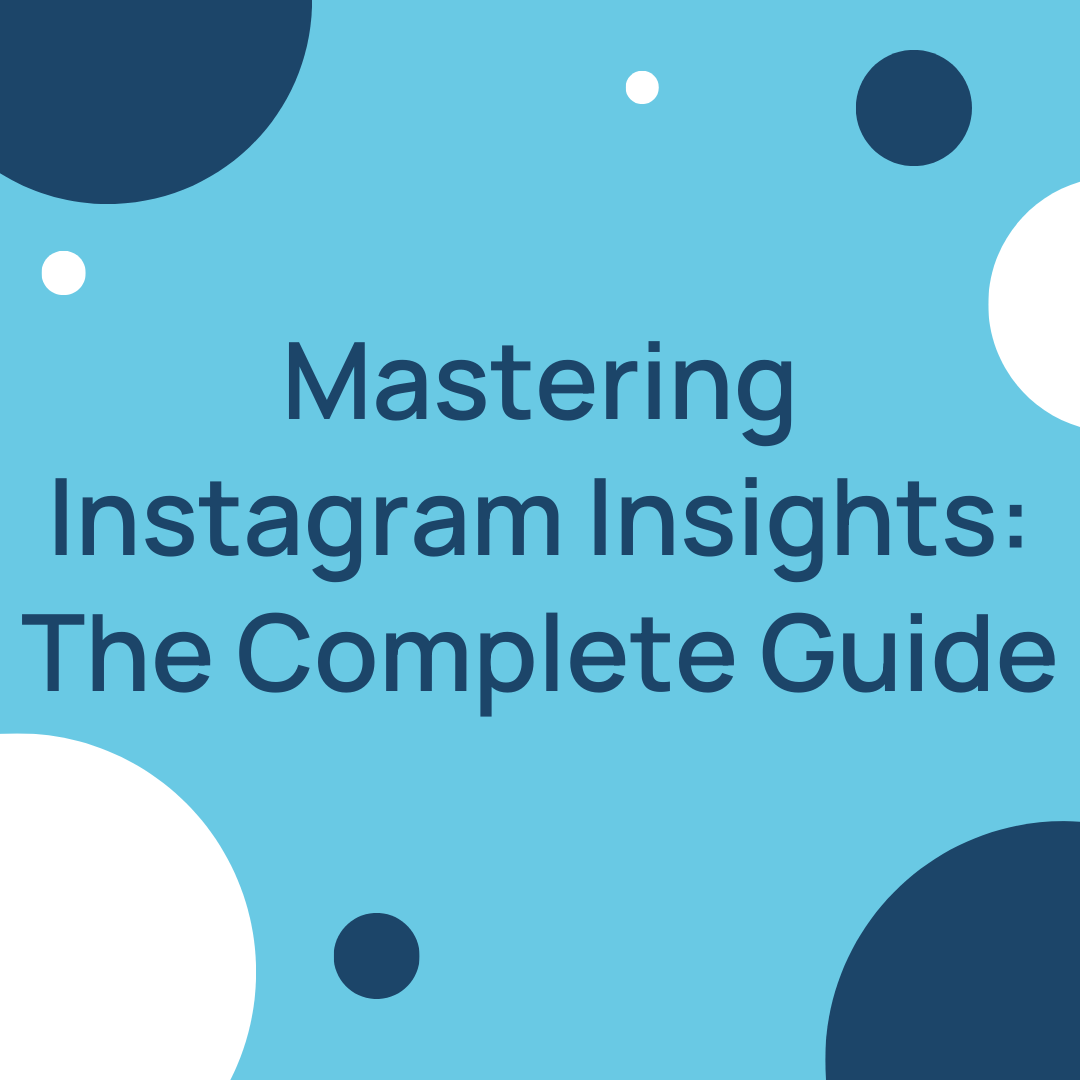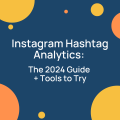Instagram Follower Growth Is Now Lagging Behind Facebook Page Likes Growth
Tina Ahmed posted on 18 April 2017
This is our monthly Instagram growth and engagement study. We look at 2,500 Instagram profiles and analyse their performance on the platform. We also look at the latest product improvements and other news. All this helps you identify the trends and standards on the platform, which makes it easier to benchmark and compare the results of your own efforts and see how you fare.
Is your growth higher or lower than the average? Do you engage more or less of your audience than the average? How are your photos performing when compared to your own video posts? All good questions and answers to them will lead you to a more focused strategy and more actionable insights that will help you do better in the future.
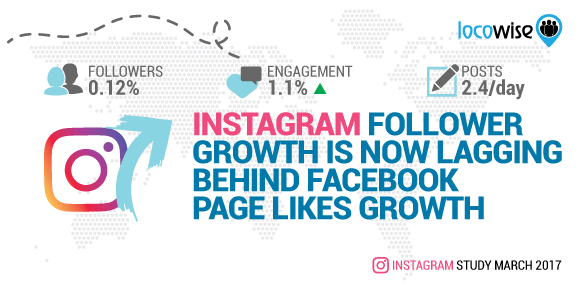
Would you like to dig deeper into these 2,500 Instagram profiles and make an even more detailed comparison with your own profiles? Get a free Locowise trial now and enter the world of competitive benchmarking and business intelligence.
Follower growth stable, while engagement gets a small boost in March
Instagram follower growth in March kept stable at 0.12% of the total audience. This is 9.09% higher than the follower growth on Twitter (at 0.11%) but is lacking behind the page likes growth on Facebook.
The average page likes growth on Facebook in March was at 0.17% of the page audience and this is 41.67% higher than the follower growth on Instagram.
Instagram’s engagement rate was at 1.1% of the total audience, which is a 10% increase compared to February. This is 746% higher than the engagement rate on Twitter and 83.33% greater than the engagement rate on Facebook.
Profiles we looked at posted 2.44 times per day in March. 87.32% of all posts were photos. Photos engaged 1.1% of the audience while videos engaged 0.9%. This means that the average photo gets 22.22% more engagement than the average video. 99.1% of all interactions were likes but 29.71% of all comments were placed on video posts.
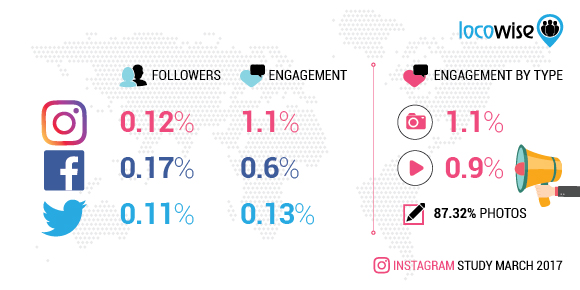
80% of Instagram users follow at least 1 business (and other impressive stats)
Some more impressive stats were announced during the month too. 8 million brands now use business profiles on Instagram.
More than 1 million brands are actively advertising on the platform. This is up from 200,000 one year ago and it’s one quarter of 4 million active advertisers on Facebook. 80% of Instagram users follow at least 1 business. And more than 120 million Instagram users “visited a website, got directions, called, emailed or direct messaged to learn about a business” in February.
Instagram is looking for even more businesses to create business profiles and is adding new business-friendly features. Allowing users to book appointments with businesses directly on a brand’s Instagram profile is the next step on the development roadmap. The new feature will roll out in the next couple of months and will allow companies to track direct return on investment on the effort they put on their Instagram profiles. Another feature that is under consideration is the ability for users to review businesses.
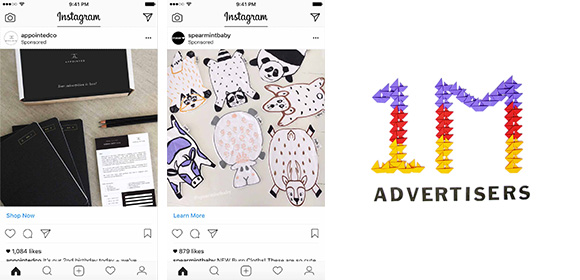
All the platforms are starting to look very much alike
Instagram is getting closer to the completion of its morph into Snapchat by including geostickers. It’s interesting to note that with the introduction of Facebook Stories, we now have Snapchat, Instagram and Facebook looking very much alike. The very successful introduction of stories on Instagram has lead Facebook to introduce stories on WhatsApp, Facebook Messenger and the main app itself as well. All of them are building the all-in-one experience. Your everyday stuff, your best moments. All the platforms want you to share all your moments.
Instagram is also adding a blurred screen that serves as a “sensitive content” warning for posts that have been reported as offensive by other users. You’ll have to tap and acknowledge the warning in order to view the blurred post. This is a great step and fits well alongside the recent comment moderation tools. The current strategy of making the platform more friendly to more people is making some significant progress.
Instagram is also making your account login more secure. Two-factor authentication has been introduced to all users. You can enable the option to “Require Security Code” in the settings of your account. This means that you will also get a text message on your phone when trying to login. You will need to insert the code from the text message in order to login. This code is on top of the current password that you’re using. All this makes it harder to hack into your account without having the access to your phone too.

